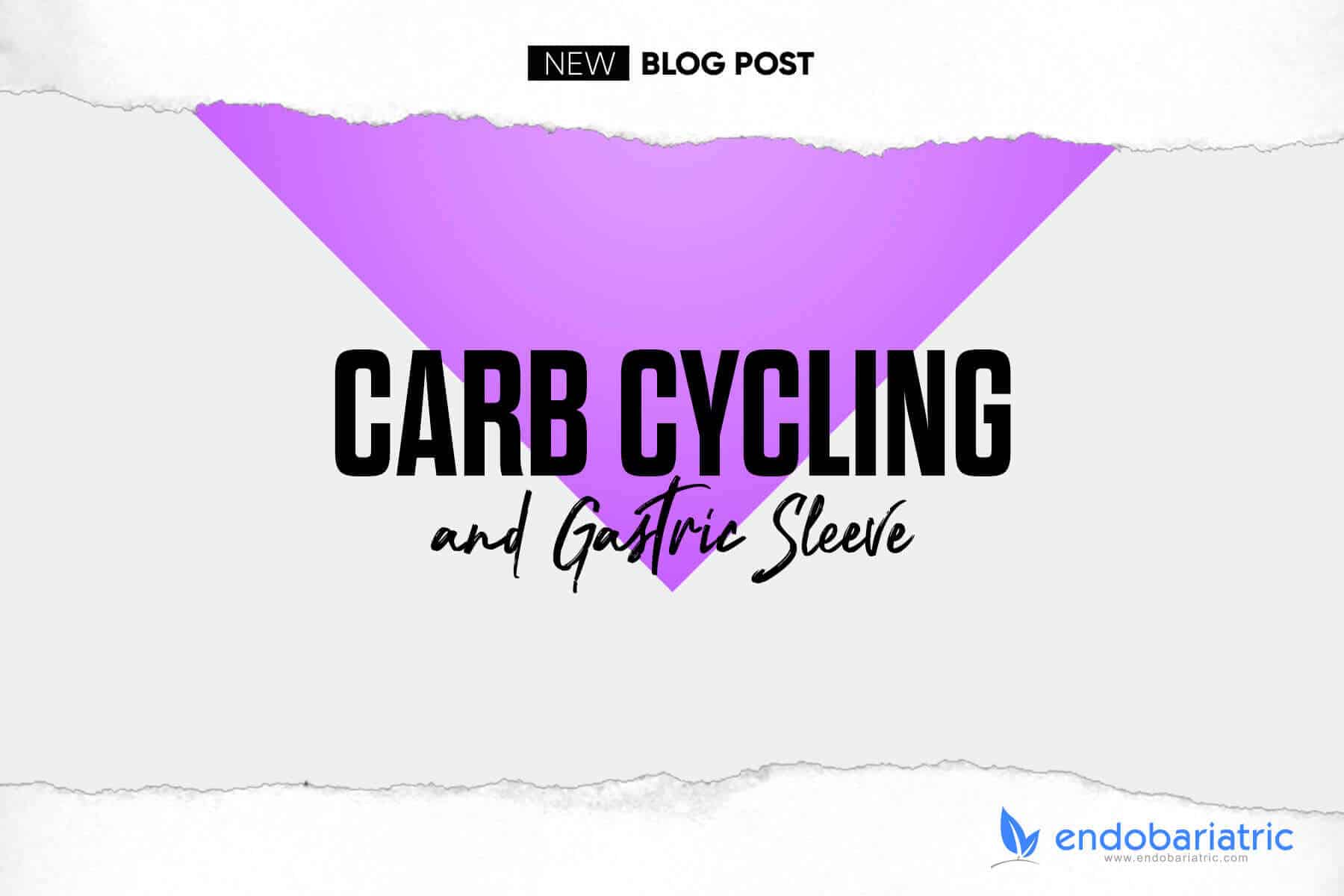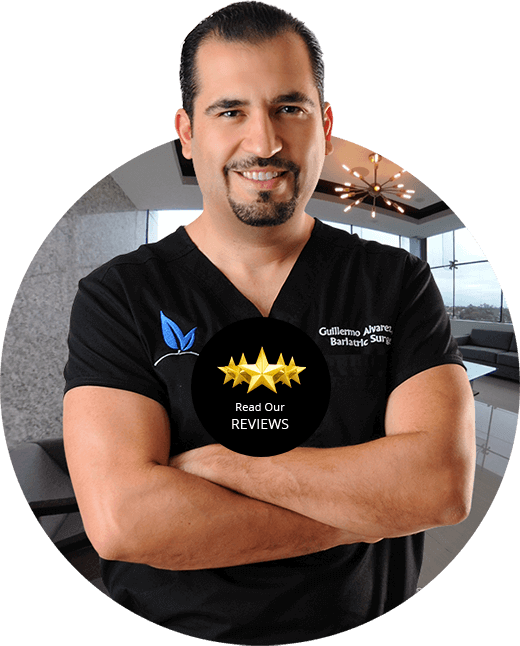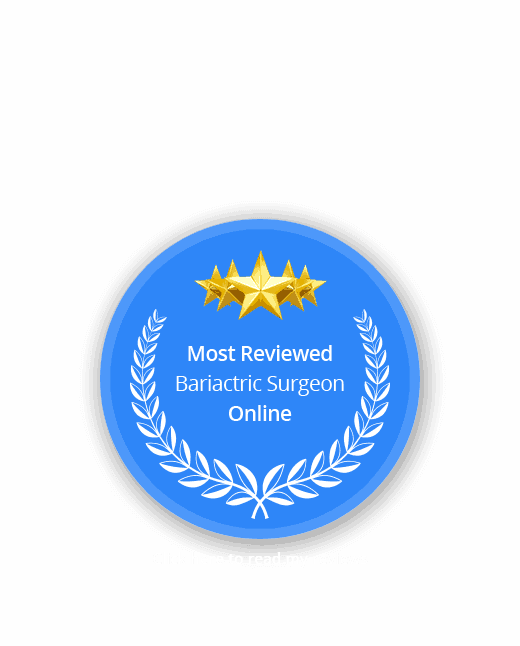I’m a huge fan of low-carb diets after gastric sleeve surgery because the “rules” are simple, and it delivers consistent results. But the best diet is the one you’ll follow. Some of my patients can’t maintain a low-carb way of eating long term; others don’t like the way it makes them feel. Carb cycling, a program originally developed for bodybuilders, can be a good compromise for sleevers who want or need a higher level of carbs in their lives.
What is carb cycling?
As the name implies, it’s a way of eating that cycles through days of low-carb eating and days of eating higher levels of carbs. Note: This isn’t about being “good” on low-carb days and going carb crazy on other days. The key to being successful is eating good-quality protein and good-quality carbs—choosing tofu or chicken breast over sugary protein shakes, for example, and broccoli or apples over French fries.
How does it work?
There’s no one way to do carb cycling. For those who are looking to gain weight (as in the bodybuilders for whom the method was developed), you might have more high-carb days. Since significant muscle-weight gain typically isn’t a goal for sleeve patients, at least not for quite a while, you’ll see the best results if you keep high-carb eating to one or two days a week. If you choose to include more than one high-carb day a week, be sure to space them evenly throughout the week so they’re never back-to-back.
Who should consider carb cycling?
This is definitely not a plan for everyone. First and foremost, if you’re having success on your current low-carb plan without frequent splurges or binges, stick with low-carb. Don’t mess with something that’s working. But if you’ve been on a low-carb plan for some time and still don’t feel “right”—a small number of people never get past the initial feelings of flagging energy, headaches, and/or irritation—it might be worth a shot. Similarly, if you’ve given low-carb eating a genuine chance but simply can’t live without things like bread or rice, carb cycling might be a happy medium. Carb cycling is a bit more complicated than low-carb eating, so you also have to be willing to put some time and energy into mastering the process.
If you’re interested in trying carb cycling:
- Pick your carbs wisely. Carb cycling isn’t license to down cookies and cupcakes—or even potatoes. On high-carb days, stick with fruits, non-starchy vegetables, and complex carbs like whole grains and beans.
- Know yourself. If it’s impossible for you to have a small serving of whole wheat pasta without wanting to eat the rest of the box, carb cycling probably isn’t for you. But if that small serving satisfies you and actually helps you eat low-carb the rest of the week, it might be a great fit.
- Plan carefully. Eating differently on different days means you need to be scrupulous about tracking macro nutrients, especially in the beginning, so you’re truly eating on plan every day. Write out meal plans, track every bite that goes into your mouth, and run the numbers.
- Be ready to switch things up. There’s no one-size-fits-all carb cycling plan. Monitor your results closely to determine if you’re losing the amount of weight you want, how you feel, whether your cravings are increasing or decreasing on carb cycling, etc. If your results are stalling with two days of high-carb eating, take it down to one day. If eating a banana leads you into a banana bread binge, consider a return to low-carb eating.
I invite you to follow us on all our social networks, we are on Facebook, Instagram, Twitter and Pinterest, we also have our YouTube channel where I’m the host of the #AskDrA Show, where I (Dr. Alvarez) answer frequently asked questions that are sent to me with the Hashtag #AskDrA, subscribe to it! we talk about very interesting subjects.
If you want a more personalized experience and you have Instagram, follow me (Dr. Alvarez) to see my day both in my daily routine and in the operating room, add me! We will have a great time! My username is: gmoalvarez.
“Changing lives…one sleeve at a time”.









